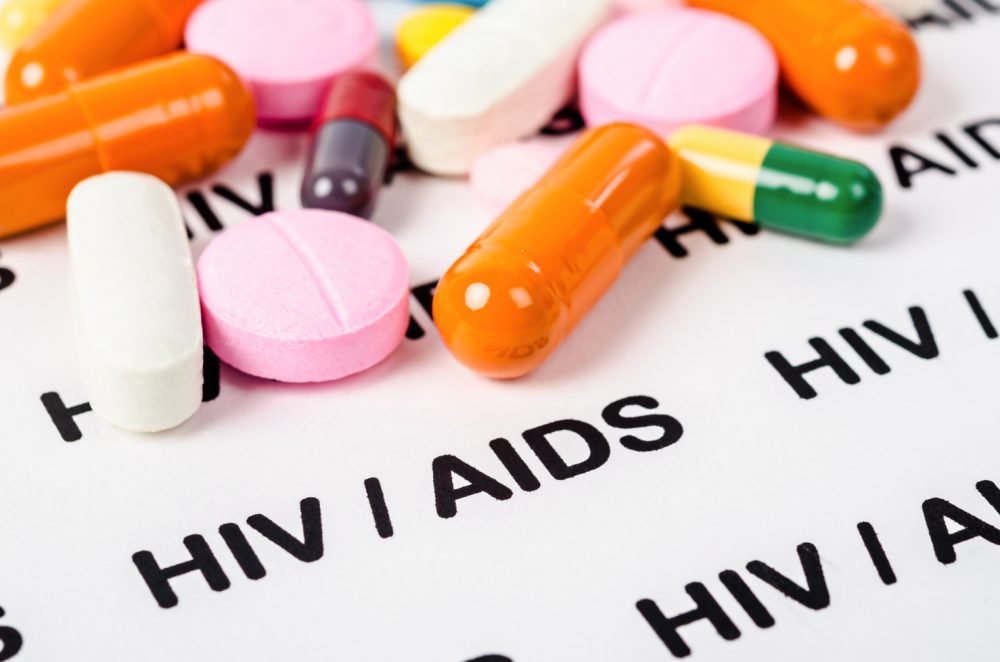Advertisment
Four-year Biktarvy data presented at IAS 2021 demonstrate high efficacy and durable viral suppression in treatment-naïve adults with HIV – Gilead Sciences

Gilead Sciences, Inc. announced a pooled analysis of a 48-week open-label extension of two Phase III studies (Study 1489 and Study 1490) shows 99% of participants who initiated treatment with Biktarvy (bictegravir 50 mg/emtricitabine 200 mg/tenofovir alafenamide 25 mg tablets, B/F/TAF) maintained an undetectable viral load (HIV-1 RNA <50 copies/mL) through four years of follow-up (Week 192, n=476/480, missing=excluded). In the 48-week open-label extension, there were zero cases of treatment-emergent resistance to any components of Biktarvy in participants treated with Biktarvy. These findings, along with long-term data from Phase III studies in virologically suppressed Black Americans and virologically suppressed people living with HIV aged 65 and older, demonstrated Biktarvy sustains efficacy with a high barrier to resistance across a range of people living with HIV, inclusive of their treatment history, gender, race or age. These data were presented at the 11th International AIDS Society (IAS) Conference on HIV Science.
Gilead presented additional Biktarvy data at IAS 2021, including findings from the BRAAVE 2020 Study , a Phase III clinical trial designed with community input to evaluate the specific treatment responses of virologically suppressed adults living with HIV who self-identified as Black or African American following a switch to Biktarvy from a variety of regimens. A total of 495 study participants were randomly allocated and treated in a 2:1 ratio to either switch to open-label Biktarvy for up to 72 weeks (n=330) or to stay on a standard regimen of two nucleoside reverse transcriptase inhibitors (NRTIs) plus a third agent for 24 weeks with a delayed switch to Biktarvy for up to 48 weeks (n=165). At 72 weeks, 99% of participants (n=246/248, missing=excluded) who switched to Biktarvy at the start of the study maintained an undetectable viral load regardless of age or sex at birth. These results provide further evidence that Biktarvy is an effective and durable treatment option for Black adults who are virologically suppressed, including those with a history of treatment failure or pre-existing resistance.
Gilead also presented long-term data from a Phase IIIb open-label trial enrolling people living with HIV aged 65 and older who switched to Biktarvy (n=86) from either Genvoya (elvitegravir 150 mg/cobicistat 150 mg/emtricitabine 200 mg/tenofovir alafenamide 10 mg, E/C/F/TAF) or a tenofovir disoproxil fumarate (TDF)-based regimen . The analysis showed that 100% of participants (n=68/68, missing=excluded) and 74% of participants (n=64/86) in the snapshot analysis of the Intention to Treat-Exposed (ITT-E) population having HIV-1 RNA <50 copies/mL maintained high rates of virologic suppression at Week 96 with no virologic failures or emergent resistance through 96 weeks. The COVID-19 pandemic impacted in-person visits during the study, with 11 participants unable to be assessed after 84 weeks due to restrictions. There were two participants (2.3%) with Grade 3-4 study drug-related AEs, 11 participants (13%) with Grade 3-4 laboratory abnormalities and three participants (3.5%) with drug-related adverse events (AEs) leading to study drug discontinuation. These results reinforce Biktarvy as an effective and generally well-tolerated treatment option with a high barrier to resistance in the growing population of older people living with HIV.
Results from a Phase III study (Study 1844) demonstrated the safety and non-inferior efficacy of switching to Biktarvy in those replacing their existing treatment regimen . In Study 1844, participants (n=563) who were virologically suppressed (HIV-1 RNA <50 copies/mL) on a regimen containing abacavir, dolutegravir, and lamivudine (600/50/300mg) (ABC/DTG/3TC) were randomly allocated and treated in a 1:1 ratio to stay on their existing regimen of ABC/DTG/3TC (n=281) or switch to Biktarvy (n=282) in a blinded manner. The primary endpoint was the proportion of patients with HIV RNA ?50 copies/mL at Week 48. Study participants were randomly allocated through 48 weeks, after which point participants electing to continue in the study enter an open-label extension receiving Biktarvy. At the point of the last study visit, 98% (n=535/545) of those who switched to Biktarvy maintained virologic suppression for a median duration of two years, including those with pre-existing resistance or who experienced viral “blips.” In participants treated with Biktarvy, there were no cases of treatment failure with resistance to any component of Biktarvy.





